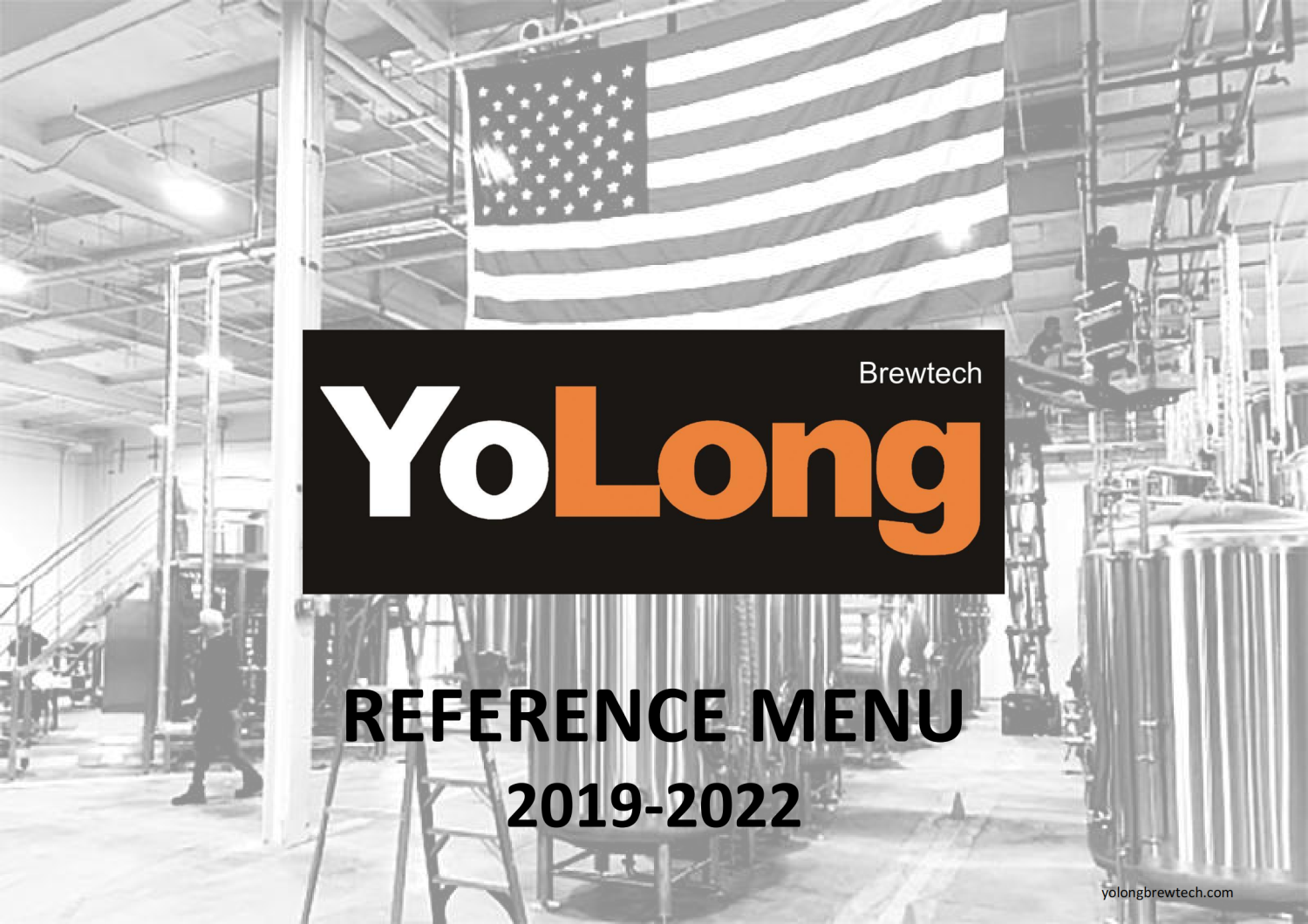Direct Fire Brewing Systems
Overview of Direct Fire Brewing Systems
Brewing beer is both an art and a science, and the equipment you choose can significantly impact your results. Among the various brewing methods, direct fire brewing systems are a traditional yet effective option for many brewers. These systems heat the brewing kettle using an open flame, which creates a unique brewing environment that some brewers swear by. But what makes direct fire systems special, and how do they stack up against other methods?
In this guide, we’ll dive deep into everything you need to know about direct fire brewing systems. Whether you’re a homebrewer exploring new options or a professional looking to upgrade your equipment, this guide covers it all—from system features and troubleshooting tips to comparative tables and FAQs.
What Are Direct Fire Brewing Systems?
Direct fire brewing systems use an open flame to heat the brewing vessel directly from below. Unlike other methods such as steam or electric heating, direct fire systems rely on gas burners to provide intense, consistent heat. This setup is often praised for its simplicity, affordability, and ability to achieve rapid temperature changes.
Key characteristics of direct fire systems include:
- Direct Heat Transfer: The flame directly contacts the bottom of the kettle, delivering efficient heat.
- Versatility: Suitable for small-scale homebrewers and large-scale commercial operations.
- Cost-Effectiveness: Generally less expensive to purchase and operate compared to steam systems.
But why do brewers choose direct fire systems over alternatives? Let’s explore the brewing process and its nuances.
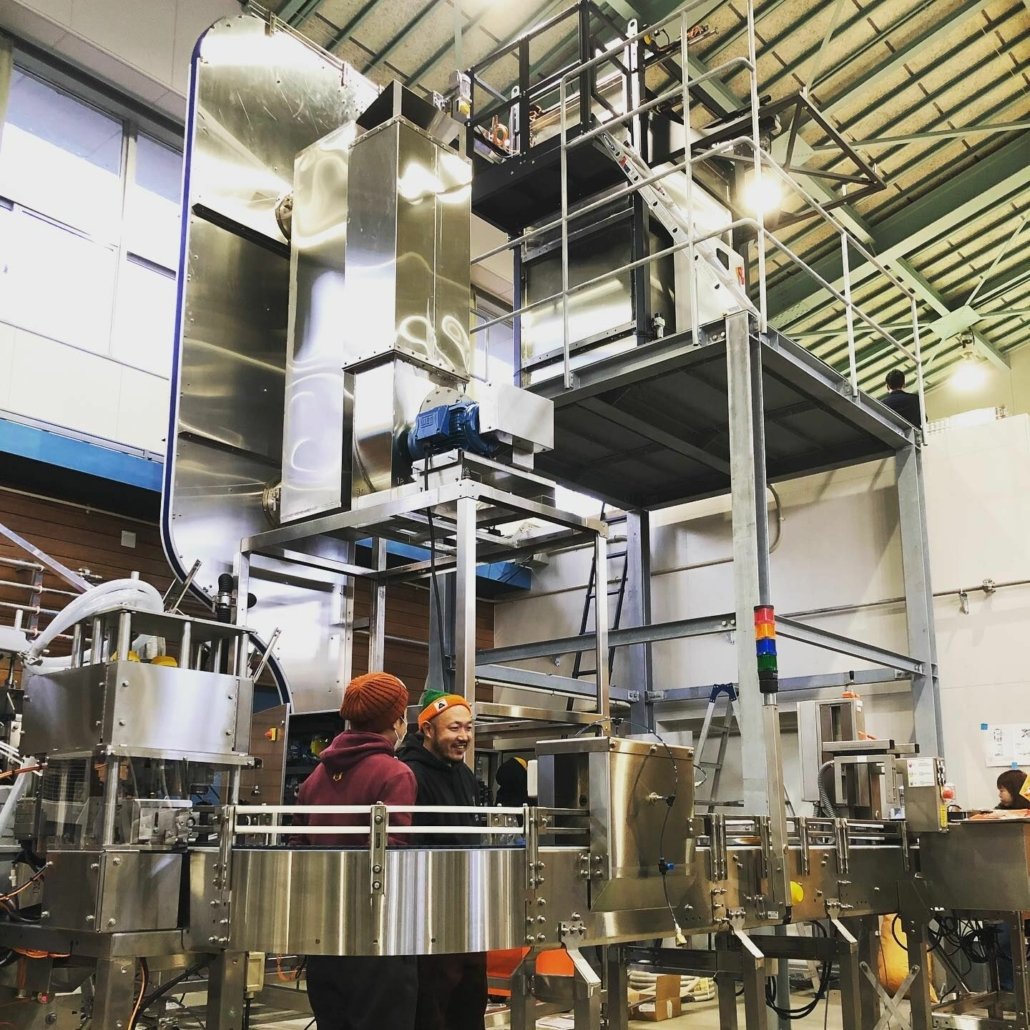
The Brewing Process Using Direct Fire Systems
Brewing beer involves several stages, from mashing and boiling to fermenting and packaging. Here’s how direct fire systems fit into the process:
- Mashing: In direct fire systems, the mash tun is heated from below, allowing precise temperature control. Brewers can achieve step mashing by adjusting the flame intensity.
- Boiling: The boiling stage is where direct fire systems truly shine. The open flame provides rapid heating, reducing the time it takes to reach a rolling boil. This efficiency is particularly beneficial for high-gravity beers.
- Cooling: Post-boil, direct fire systems don’t contribute directly to cooling but pair well with external chillers to bring the wort to fermentation temperature.
- Fermentation and Beyond: While fermentation happens in separate vessels, the precise boiling achieved in a direct fire system ensures a clean, high-quality wort—the foundation of great beer.
Troubleshooting Common Issues with Beer Fermenters
Even with a high-quality brewing system, issues can arise. Here are common problems brewers encounter with fermenters and how to address them:
Inconsistent Fermentation Temperatures
- Problem: Fluctuating temperatures can lead to off-flavors.
- Solution: Invest in temperature control solutions such as insulated jackets or glycol systems.
Stuck Fermentation
- Problem: Yeast activity halts before reaching the target gravity.
- Solution: Aerate the wort thoroughly before pitching yeast and consider adding yeast nutrients.
Contamination
- Problem: Unwanted microbes spoil the batch.
- Solution: Implement rigorous cleaning and sanitizing protocols for all brewing equipment.
Key Considerations: Capacity, Design, and Customization
| Feature | Details |
|---|---|
| Capacity | Ranges from 5-gallon homebrew setups to 30-barrel commercial systems. |
| Design | Compact designs suitable for tight spaces; larger systems for big batches. |
| Customization | Options for burners, kettle materials (stainless steel or copper), and add-ons like thermometers and sight glasses. |
Choosing the right size and configuration depends on your brewing goals. Homebrewers may prefer a 10-gallon system, while commercial breweries might need something more substantial.
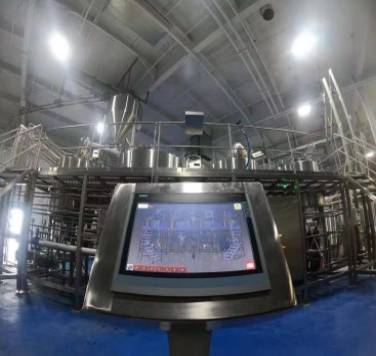
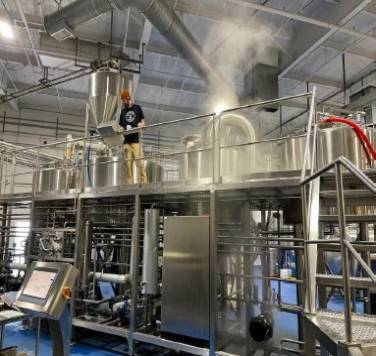
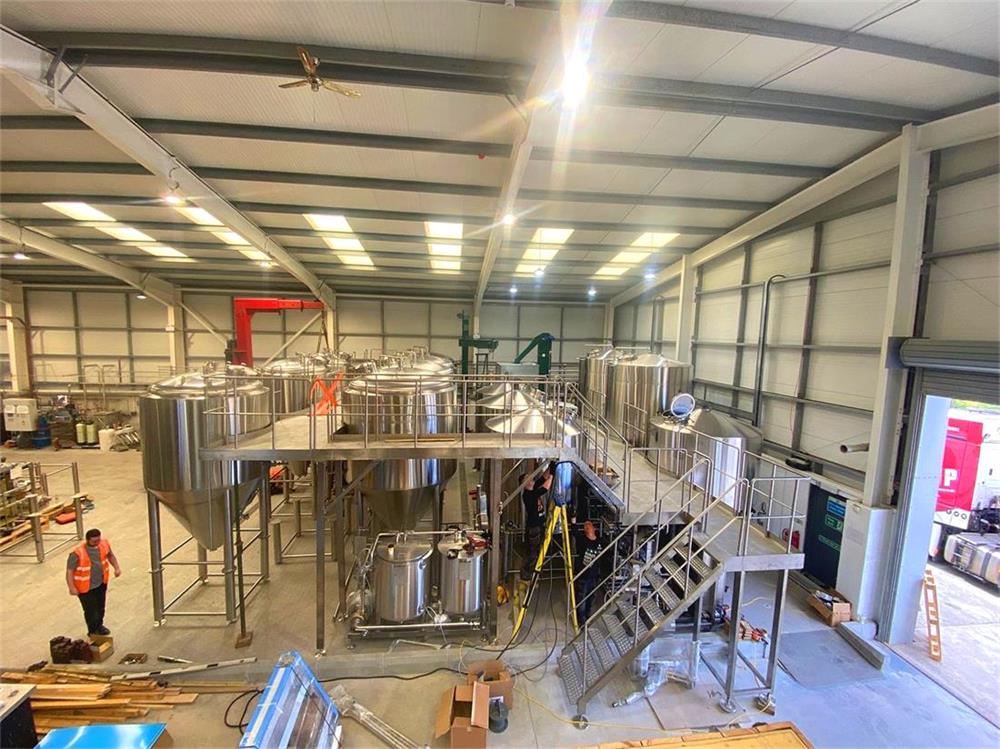
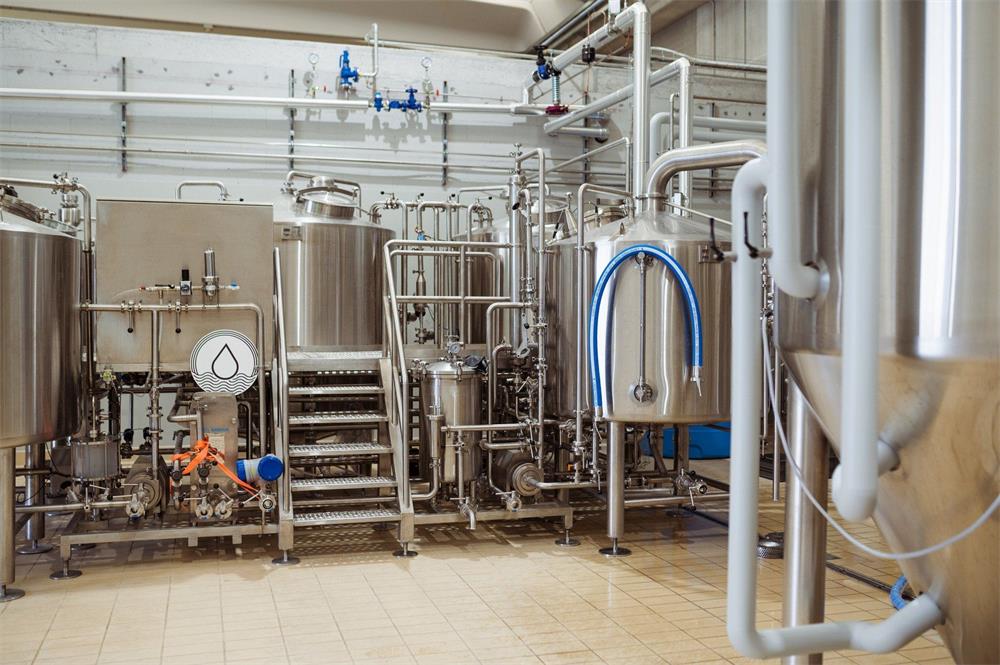

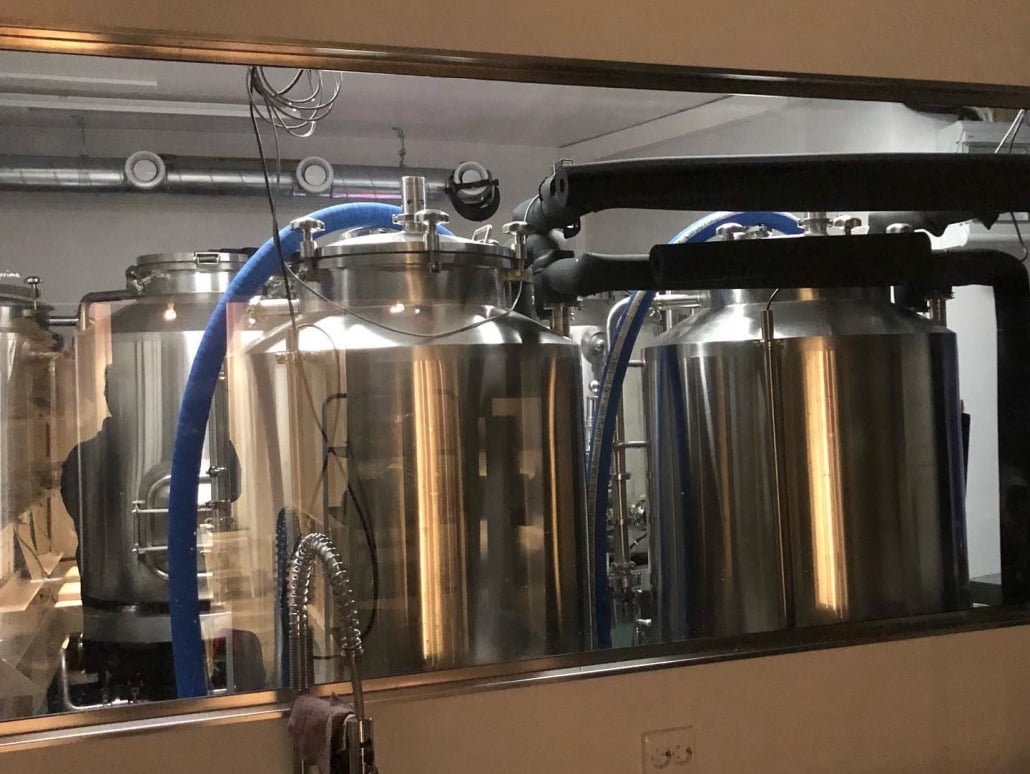
Suppliers and Price Range
| Supplier | Price Range | Special Features |
|---|---|---|
| Spike Brewing | $1,000 – $5,000 | Durable stainless steel kettles with precise temperature control. |
| Blichmann Engineering | $2,000 – $6,000 | Innovative designs with efficient burners and advanced features. |
| Ss Brewtech | $1,500 – $4,500 | High-quality, customizable brewing systems. |
| Custom Metalcraft | $3,000 – $10,000 | Commercial-grade systems tailored to specific brewery needs. |
Installation, Operation, and Maintenance
| Aspect | Details |
|---|---|
| Installation | Requires proper ventilation and gas line setup. Consult local codes for compliance. |
| Operation | Easy to use; adjust the flame intensity to control heat. |
| Maintenance | Regular cleaning to remove soot buildup; check burner functionality. |
How to Choose a Supplier
| Factor | Considerations |
|---|---|
| Reputation | Look for suppliers with strong reviews and industry recognition. |
| Customer Support | Ensure the supplier offers responsive customer service and warranties. |
| Customization | Choose a supplier who can tailor the system to your specific needs. |
| Budget | Compare options to find the best value within your price range. |

Advantages and Limitations of Direct Fire Brewing Systems
| Advantages | Limitations |
|---|---|
| Affordable initial investment compared to steam systems. | Potential for uneven heating if not properly monitored. |
| Simple to install and operate. | Requires a well-ventilated space due to open flame. |
| Rapid heating for efficient brewing cycles. | Can create caramelization on kettle bottoms with some recipes. |
FAQ
| Question | Answer |
|---|---|
| What fuels are used for direct fire systems? | Typically propane or natural gas, depending on availability and setup. |
| Are direct fire systems suitable for all beers? | Yes, but they excel with styles requiring precise temperature control. |
| How do I prevent scorching? | Use a thick-bottomed kettle and stir frequently during heating. |
| Can I upgrade my system later? | Yes, many systems are modular and allow for add-ons like pumps or chillers. |
Additional FAQs About Direct Fire Brewing Systems
1) How do direct fire brewing systems compare to steam for step mashes and decoctions?
- Direct fire allows rapid temperature ramps and is excellent for decoctions. Use a false bottom, recirculation (RIMS/HERMS add-on optional), and constant agitation to avoid hot spots during step increases.
2) What burner specs matter most for a commercial direct fire kettle?
- Look for high turndown ratio (8:1+), low-NOx options, flame safeguard controls, proper BTU/hr matched to kettle diameter, and even flame distribution. Insulated skirts and wind baffles improve efficiency.
3) Can I run direct fire on propane now and convert to natural gas later?
- Yes, many burners support NG/LPG with orifice and regulator swaps. Confirm with the manufacturer and local code; re-commission combustion with a manometer and combustion analyzer.
4) How do I minimize caramelization and scorching on high-gravity worts?
- Use a tri-clad/thick-bottom kettle, maintain vigorous recirculation, step heat instead of full-flame blasts, and avoid localized boil under-hop piles. Consider partial boil volumes with post-boil dilution using deaerated water where legal and stylistically appropriate.
5) What ventilation and safety measures are required?
- Provide adequate make-up air, flue or Type I/II hoods per local code, flame failure/shutoff valves, CO/CO2 monitoring, and regular leak checks. Commissioning should verify combustion efficiency and safe exhaust temperatures.
2025 Industry Trends for Direct Fire Brewing Systems
- Efficiency push: Insulated burner skirts, variable-output burners, and automated flame control reduce fuel use by 8–15% versus legacy setups.
- Emissions scrutiny: More jurisdictions incentivize low-NOx burners and require documented combustion tuning.
- Hybrid control: Direct fire systems increasingly pair with HERMS/RIMS or mash jackets to improve uniformity while keeping capex low.
- Small-footprint growth: Taproom-scale breweries favor direct fire for simpler utilities where steam boilers are impractical.
- QA integration: Inline temperature, flow, and flue gas sensors tied to PLCs help standardize ramp rates and protect against scorching.
2025 Benchmarks and Specifications Snapshot
| Metric/Spec | 2023 | 2024 | 2025 YTD/Est. | Practical Takeaway | Sources |
|---|---|---|---|---|---|
| Typical burner turndown ratio (craft-scale) | 5–6:1 | 6–8:1 | 8–10:1 | Higher turndown improves step mash control and fuel savings | Vendor datasheets; MBAA |
| Fuel savings from insulated skirts/baffles | 4–8% | 6–10% | 8–15% | Add skirts and baffles on retrofits to cut heat loss | Manufacturer case notes |
| Low-NOx burner availability (craft market) | Limited | Growing | Common | Easier permitting and greener marketing | Regional air boards; vendors |
| Median packaged DO targets (all systems) | 80–120 ppb | 60–90 ppb | 30–60 ppb | Plan for DO meters even with direct fire to protect shelf life | MBAA Technical resources |
| Average lead time for custom direct fire kettles | 8–12 wks | 10–14 wks | 8–12 wks | Lock specs early; confirm gas type and hood design | Supplier surveys |
| Taproom systems opting for direct fire | ~45% | ~48% | 50%+ | Simplified utilities and capex keep direct fire competitive | Brewers Association insights |
Authoritative references:
- Brewers Association (planning, sustainability, operations): https://www.brewersassociation.org
- Master Brewers Association of the Americas (technical papers): https://www.mbaa.com
- Local/regional air quality management districts for burner/NOx guidance (e.g., SCAQMD): http://www.aqmd.gov
Latest Research Cases
Case Study 1: Fuel Optimization in a 10-bbl Direct Fire Brewhouse (2024)
Background: A taproom brewery reported high gas usage and occasional scorching during step mashes.
Solution: Installed insulated burner skirt and wind baffle, upgraded to a 9:1 turndown low-NOx burner, added recirculation manifold with variable-speed pump, and integrated flame control into the PLC.
Results: Fuel consumption -12%, step mash ramp rate variability reduced by 40%, no scorching incidents over 30 consecutive batches, sensory quality improved (cleaner malt profile).
Case Study 2: Direct Fire to Mixed-Mode Control for High-Gravity Ales (2025)
Background: A 15-bbl system brewed imperial stouts and barleywines with kettle caramelization causing darkening beyond spec.
Solution: Implemented staged heating with recirculation, HERMS coil assist for mash step holds, and whirlpool preheating to reduce full-flame dwell. Added flue gas temp monitoring to tune combustion.
Results: Color drift reduced from ±3 SRM to ±0.8 SRM, brewhouse yield +1.4 pp, fuel use -9%, consistent boil-off rates within ±0.2% batch-to-batch.
Expert Opinions
- John Palmer, Author of “How to Brew”; Brewing Consultant
Viewpoint: “Direct fire systems can achieve precise control if you manage heat flux. Wide turndown burners, proper recirculation, and thick kettle bottoms are the trio that prevents hot spots.” Source: HowToBrew resources — https://www.howtobrew.com - Bart Watson, Chief Economist, Brewers Association
Viewpoint: “In 2025, many taproom-focused breweries favor direct fire for its lower capex and simpler utilities—provided they also invest in QA and safety to secure retail placements.” Source: Brewers Association insights — https://www.brewersassociation.org - Laura Burns, PhD, Director of Research, Omega Yeast
Viewpoint: “Thermal consistency in the mash is yeast health upstream. Stable step holds reduce VDK cleanup and speed tank turns, regardless of heat source.” Source: Omega Yeast technical notes — https://omegayeast.com
Practical Tools and Resources
- Ventilation and combustion:
- NFPA 54 (National Fuel Gas Code) overview and local code portals
- Manufacturer burner manuals (low-NOx, turndown specs)
- Technical guidance:
- MBAA Technical Quarterly and podcasts — https://www.mbaa.com
- Brewers Association engineering and safety manuals — https://www.brewersassociation.org
- Process calculators:
- Bru’n Water and Brewers Friend for mash steps and heat input — https://www.brunwater.com | https://www.brewersfriend.com
- QA instrumentation:
- Inline/portable DO meters and CO2 instrumentation — Zahm & Nagel: https://www.zahmnagel.com; Anton Paar: https://www.anton-paar.com
- Equipment marketplaces:
- ProBrewer classifieds for direct fire kettles and burners — https://www.probrewer.com
Last updated: 2025-08-28
Changelog: Added 5 FAQs tailored to direct fire systems; introduced 2025 trend snapshot with benchmark table and sources; included 2 case studies on efficiency and quality; compiled expert viewpoints; added tools/resources for combustion, ventilation, QA, and calculators
Next review date & triggers: 2026-02-28 or earlier if air quality regulations change, suppliers release new low-NOx burners, or BA/MBAA publish updated efficiency/DO benchmarks
Share this entry
Interested in learning more about Brewing Systems including additional details and pricing information? Please use the form below to contact us!
YOLONG BREWERY EQUIPMENT FAQS
- Commercial Brewery / Craft Brewery / Microbrewery / Nanobrewery
- What is The Difference Between Craft Beer and Industrial Beer?
- The Bespoke Differences In Custom Brewing Systems
- Everything You Need to Know About Kettle Souring
- How to Choose Brewing Equipment for Your business?
- How To Choose The-Best Partner To Build Your Commercial Microbrewing System?
- Two Detection Sensors That You Need To Use In Your Brewhouse System
- Remote Control Applications in Brewing Equipment/How does it work?
- How To Clean Your Brand New Brewery Tanks?

